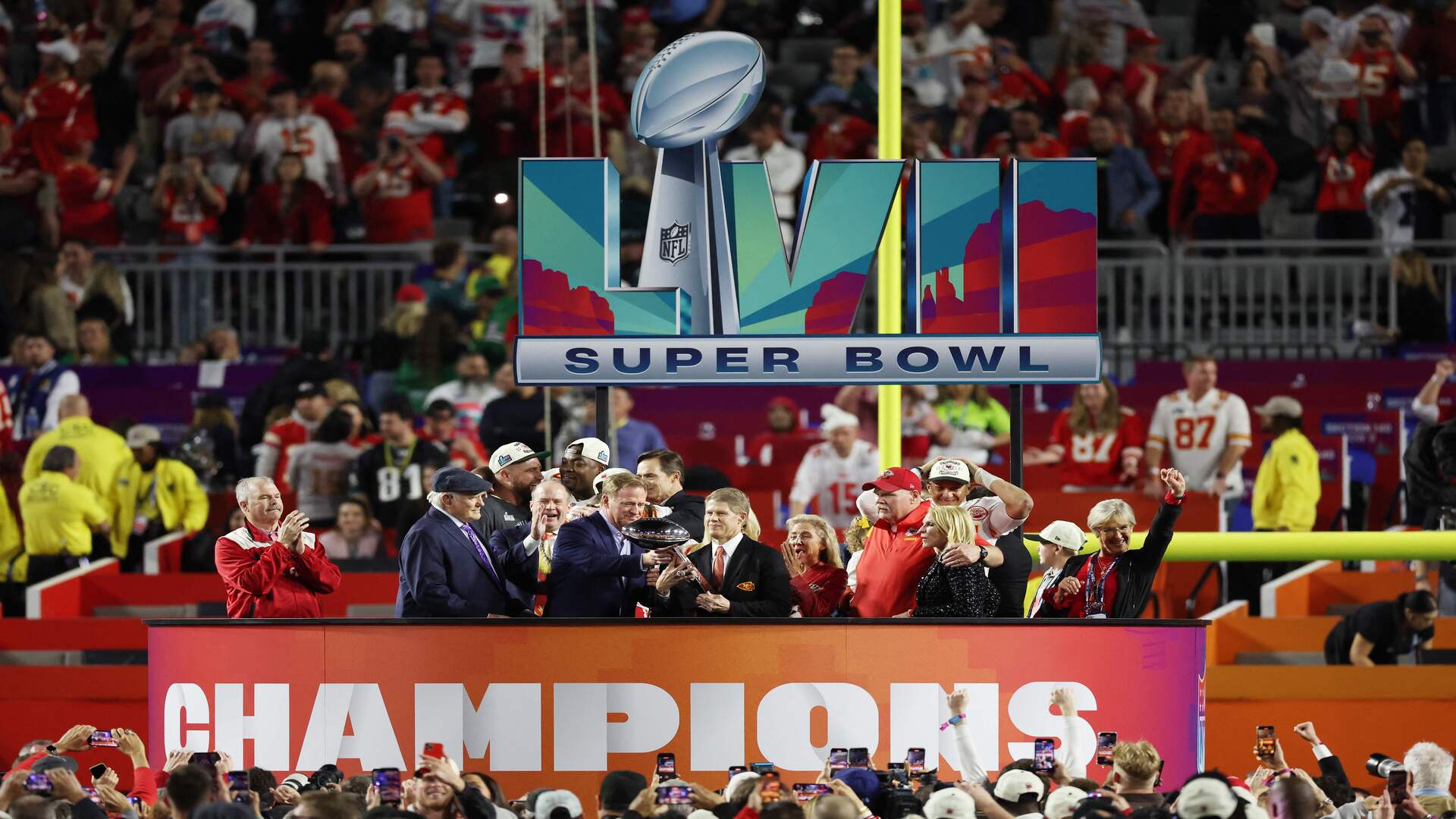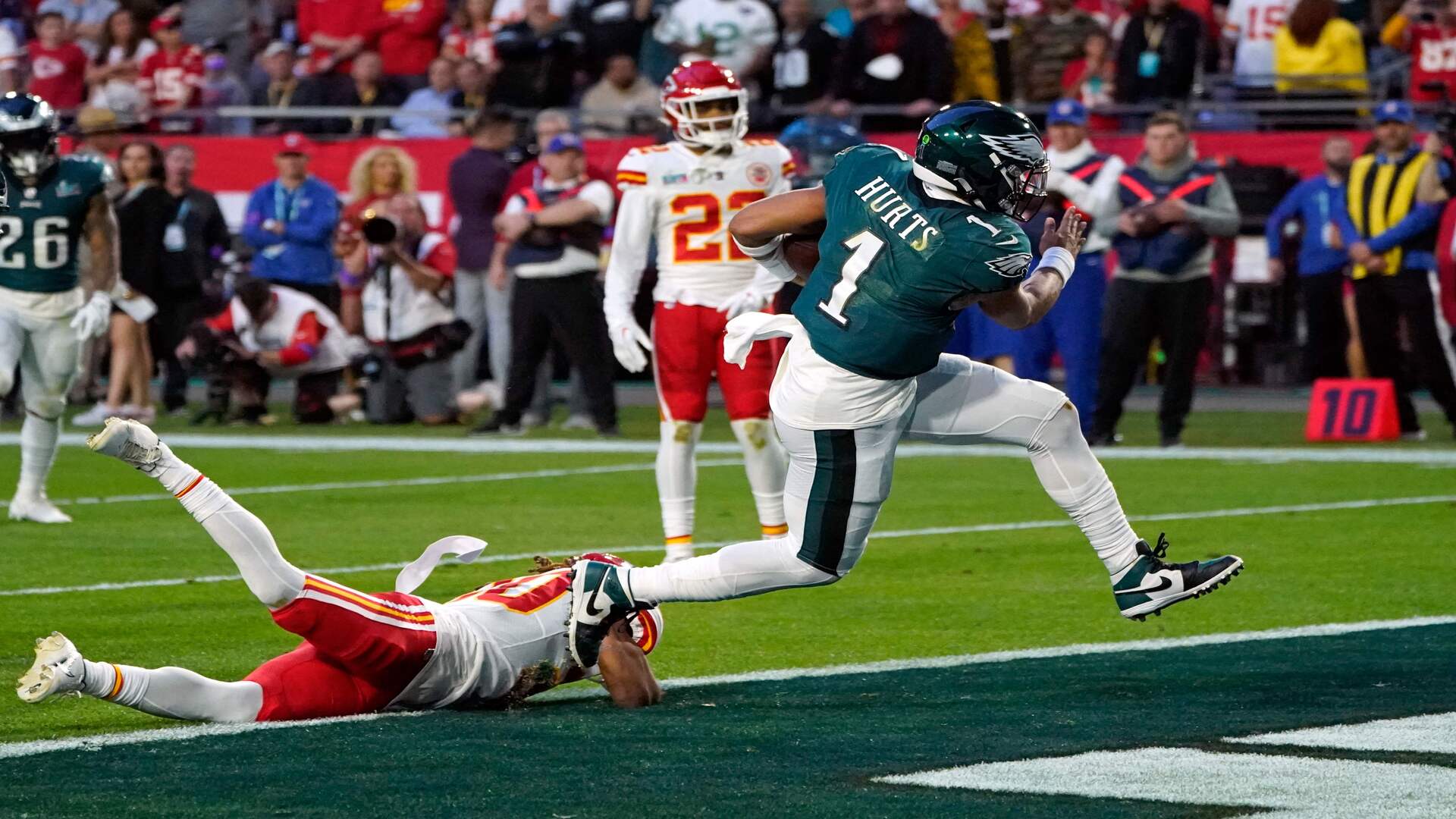
The Super Bowl's vast money making machine
The economic impact of the NFL season's finale is unparalleled in the United States, with the host city reaping significant benefits.

It's no secret that the Super Bowl represents the pinnacle of American capitalism. It's not just an American football game; it's a national holiday, a true cultural phenomenon where everyone has a place.
The most recent edition, Super Bowl LVII, was a resounding success. With 115 million viewers, it was the second most-watched event in United States history, only trailing the Apollo 11 moon landing. The game itself generated a staggering $34 billion in television rights, commercial ads, food sales, and betting.

Las Vegas will host the grand game for the first time. The entertainment capital of the world is expected to see a significant economic boost; Phoenix, the Super Bowl's 2023 host city, benefited from an impact of $600 million, a figure that is expected to rise in 2024.

The Seidman Research Institute reported that 150,000 people traveled to Phoenix to experience the NFL finale. Only 68,000 attended the game. The study estimated that between 80% and 90% of the attendees came from out of state.

A central aspect of the Super Bowl's economic weight is television commercials. In 2023, placing a 30-second ad during the game breaks cost seven million dollars, according to Kantar and NBC. The price has increased by 25.8% since 2020.

The automotive industry spends the most on Super Bowl commercials, with $99.3 million invested in 2022. The second, trailing behind, is the film and media industry, with $70.5 million, followed by the financial sector with $57.6 million.

Fans lucky enough to be inside the stadium also play a significant role. At Super Bowl LVI, held in Los Angeles, the average spectator spend at SoFi Stadium was $167.37, setting a new record.
In 2023, the National Retail Federation estimated the average spending on Super Bowl day across the United States at $85.36 per person. The most popular items are food and drinks, accounting for 79% of the total. Merchandising falls far behind, with 12% of sales. Television purchases account for 10%.

The halftime show is also an economic catalyst. The 2022 performance, featuring a star-studded lineup including Snoop Dogg, Dr. Dre, and Eminem, generated advertising revenue exceeding $32 million, according to Kantar and NBC.

Betting has become essential. The American Gaming Association revealed that the number of bettors increased by 61% in 2023, with a flow of $16 billion. It will be the first time the Super Bowl is held in a state where betting is legal.

Super Bowl ticket prices are notoriously high. For this year's edition, the cheapest ticket is $8,116; the most expensive exceeds $80,000. The current average price is $9,683, an 8.8% increase from 2024.

Super Bowl LVIII is likely to be the most economically productive yet. Las Vegas is the perfect destination for the year's most profitable event in the United States. All that remains is for the sports showdown to meet the high expectations.

- By: